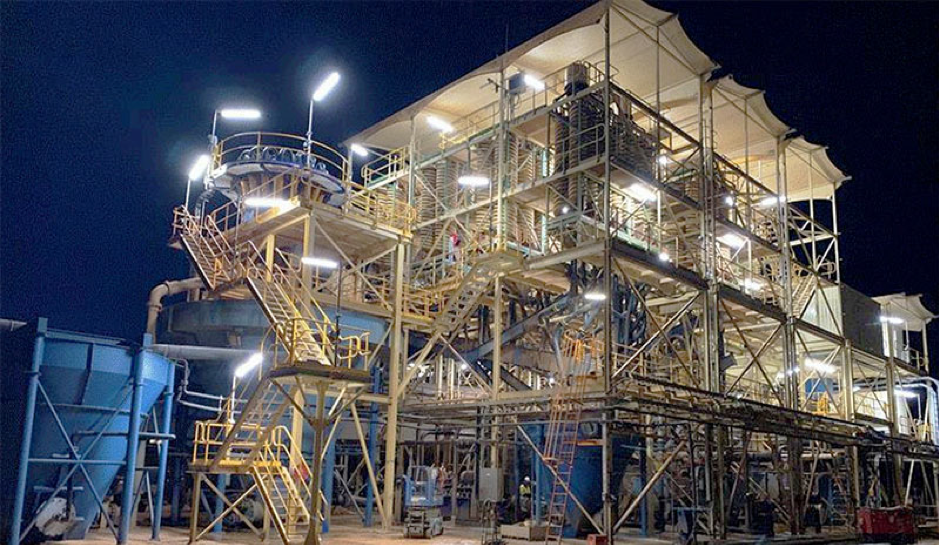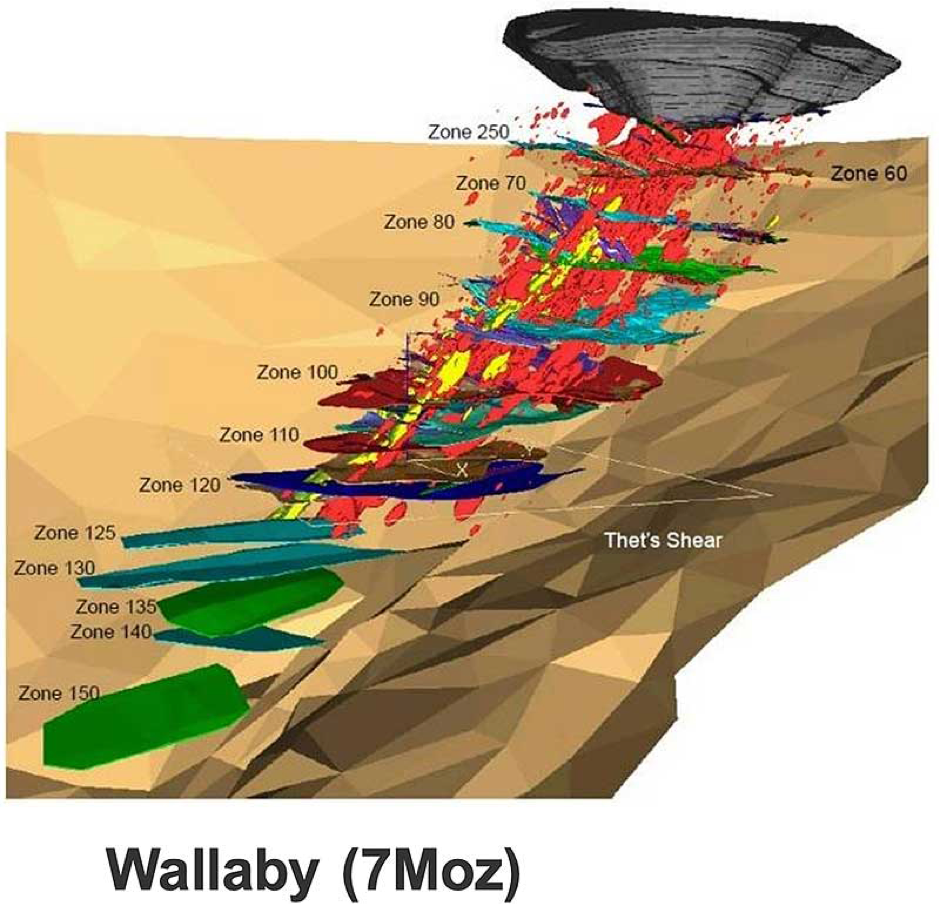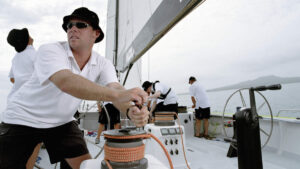George Sakalidis: finding significant deposits where the ‘big guys’ can’t

Pic: Bloomberg Creative / Bloomberg Creative Photos via Getty Images
Special Report: Storied geophysicist and Magnetic Resources managing director George Sakalidis has a +20-year history of finding profitable mineral deposits on ground many others considered ‘worthless’.
In 1996, as a consulting geologist, Sakalidis found a brand-new gold deposit near the 5.5-million-ounce Plutonic mine in WA.
This area, disregarded by others as ‘non-prospective’ granite, became the ~300,000oz Three Rivers Deposit.
“That caused a bit of interest; people started saying that I was finding deposits where the big guys couldn’t,” Sakalidis says.
“People started backing me to find stuff and initial pre IPO funds were raised.”
Sakalidis says to key to his success is “not being influenced by other’s opinions”.
“When you come to an area, an existing geological model may not be accurate,” he says.
“I assimilate all the different bits of information and say ‘well, this is what I believe is going on’ and then go out and test it.
“I can do that better than most, for some reason.”
In 2000, Sakalidis got some seed money together and listed mineral sands explorer Magnetic Minerals in a $4.5m float.
“I applied ground magnetic techniques and found a very significant mineral sands resource called Dongara in WA,” he says.
“That company was taken over less than three years later in 2003 [for $22.6m].”
Sakalidis has been involved in four subsequent company floats – Image Resources (ASX:IMA) in 2002, Meteoric Resources (ASX:MEI) in 2004, Magnetic Resources (ASX:MAU) in 2007, and Emu NL (ASX:EMU) in 2008.
“We figured out years ago that [mineral sand] Ilmenite is weakly magnetic, so we mapped the subsurface with the ground magnetics which picked up all the resources directly,” Sakalidis says.
“We were able to map and drill these targets in areas that no one had ever drilled before.”
Image completed its first full year of production at the highgrade Boonanarring deposit in 2019, following a comparatively pain-free six-month construction period.
Image made $21 million in net profit from total revenue of $146m for the year.
“People always ask explorers — ‘are you ever going to mine anything?’ Image is good example of ‘yes, we are mining and making a lot of money doing it’,” Sakalidis says.

Sakalidis is focused now on Magnetic Resources’ Hawks Nest 9 (HN9) gold discovery near Laverton on ground that — once again — was completely overlooked.
HN9 — a very shallow high-grade gold zone 3km long, 200m-wide and growing — is the reason Magnetic quietly slipped into Stockhead’s top 10 biggest resources movers for 2019 with a 12-month, +278 per cent gain.
Many of the large surrounding deposits have multiple horizontal gold lodes ‘layered’ on top of one another.
The 7.1-million-ounce Wallaby mine, for example, started as an open pit but Gold Fields is currently mining stacked horizontal lodes, or lenses, past 1km depth:

Wallaby has been drilled down to 1500m; we have barely scratched the surface and only drilled to an average of 46m depth. Two distinct stacked lodes have been outlined in the southern part of the 3km zone within the 100m from surface and augers well for the future.”
Laverton is a very rich region, Sakalidis says. You would expect to find more large gold mines here.
“All we’ve done is chase one structure,” he says. “There’s at least three or four of these parallel structures we haven’t reached yet.”
“Every time we drill, we find more gold.”
This story was developed in collaboration with Magnetic Resources, a Stockhead advertiser at the time of publishing.
This story does not constitute financial product advice. You should consider obtaining independent advice before making any financial decisions.
Related Topics

UNLOCK INSIGHTS
Discover the untold stories of emerging ASX stocks.
Daily news and expert analysis, it's free to subscribe.
By proceeding, you confirm you understand that we handle personal information in accordance with our Privacy Policy.








